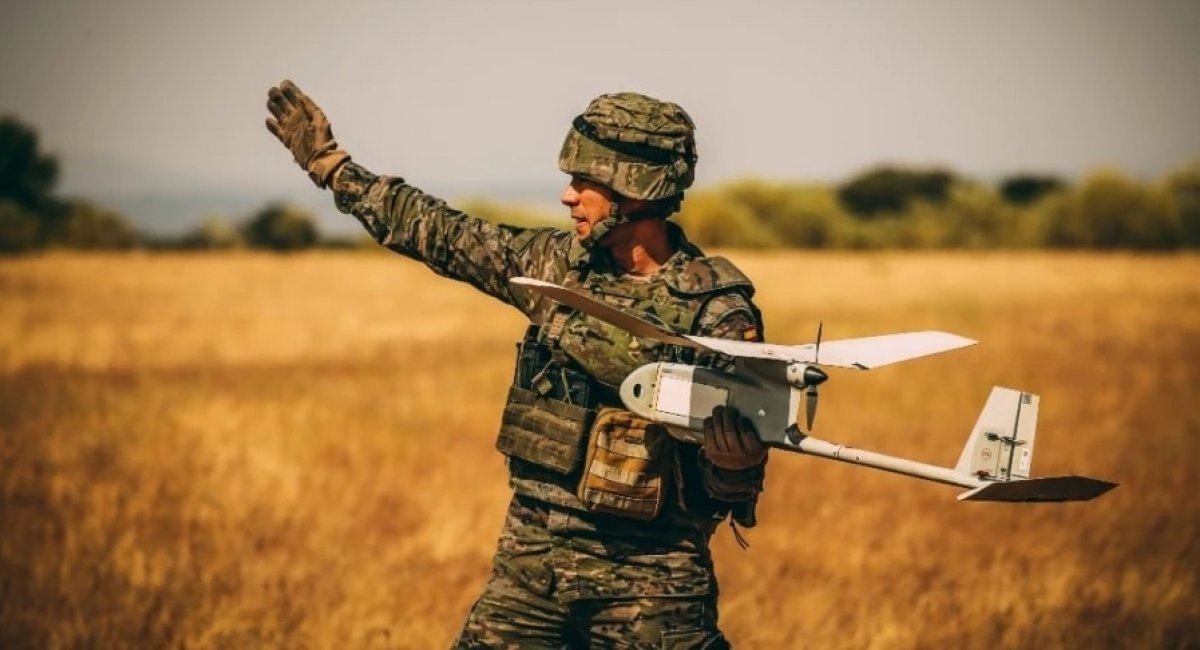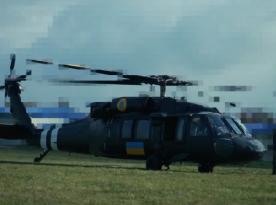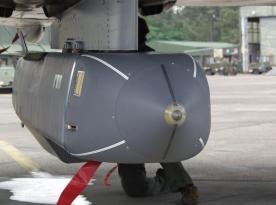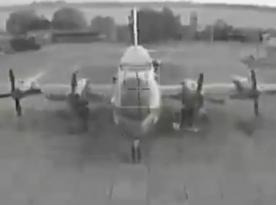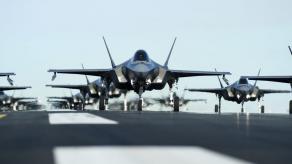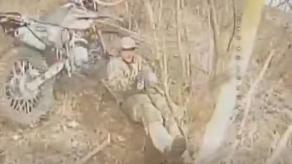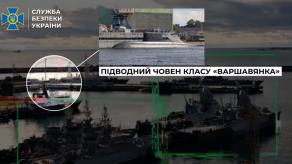The Spanish Armed Forces has decided to review the concept of its development called Force 35, the plan primarily introduces updates to the brigade composition of the land forces of the country, the Spanish Army. One of the main reasons why the Spaniards decided to do this is their conclusions from the war between russia and Ukraine.
Specifically, the Planning Division [División de Planes] of the Spanish Army, responsible for medium- and long-term development strategies, says one of the factors prompting the change in vision is the "observations of the Ukrainian war, among them the evidence that high-intensity warfare should continue to be the first priority of an Army committed to national defense." The excerpt comes from the Division's article to the Revista Ejército magazine, quoted by Infodefensa.
Read more: Norway will Rebuild its Air Defense Based on Ukraine's Experience
The two other factors are the emergence of new technologies, like various drones or artificial intelligence, as well as the lessons learned from the multiple experiments carried out by the Spanish military as part of implementing the Force 35 plan.
According to the concept, the Army seeks to create four types of brigades (type A: heavy, type B" medium, type C: military presence, and type D: rapid reaction force) while maintaining the idea of a brigade as an integrated combat system, with specific detachments that can form tactical combat groups (mountain warfare and cavalry divisions) and special operations units. The program is planned to be introduced to the Army in three stages, with benchmarks by 2026, by 2030 and by 2035, respectively.
As for weapons, for example, the Type-B medium brigades will have the Dragon 8x8 wheeled combat vehicle as the primary way of transportation. The equipment is expected to be fully deployed in two years, by 2026, as part of the first stage. From then onward, Type-B brigades will be preparing to adopt new self-propelled wheeled artillery systems and unmanned ground vehicles.
The unmanned systems, in general, have received particular attention. Loitering munitions, as noted by the Planning Division, must be "adequately incorporated" into the structure of future units. However, speaking of loitering munitions, the Spanish military staff have not yet decided how and under which scenarios they will be enacted.
"The war in Ukraine has demonstrated the enormous impact that UAS have on modern warfare, rendering any force that does not possess this capability obsolete," the officers said in the article and promise that in the coming years, the Spanish Army will receive a complete set of micro, mini and small UAVs alongside equipment supposed to counter enemy systems of the type.
Lastly, Spain is planning a deep modernization of its fleet of tactical mobility vehicles, particularly get new VMTT all-terrain vehicles, VAMT-L light vehicles, Vamtac vehicles in various modifications, and the main novelty — the Castor, which will provide support to Leopard 2E main battle tanks and Pizarro infantry fighting vehicles on the battlefield.
Read more: Ukrainian Magura V5 Maritime Drones Caused $500 Million Worth of Damage to the Black Sea Fleet




